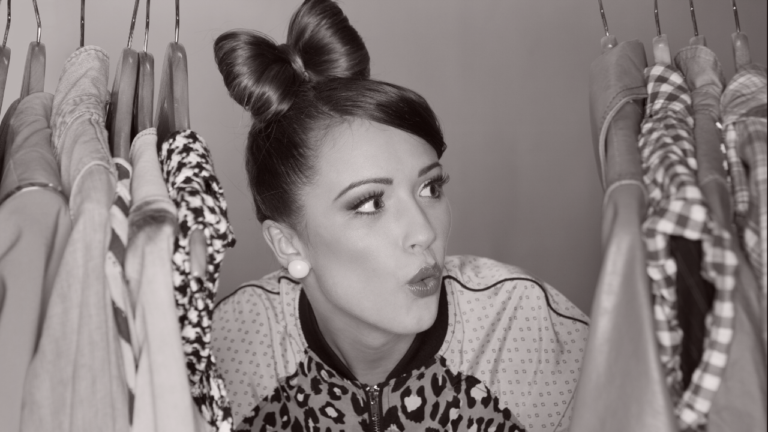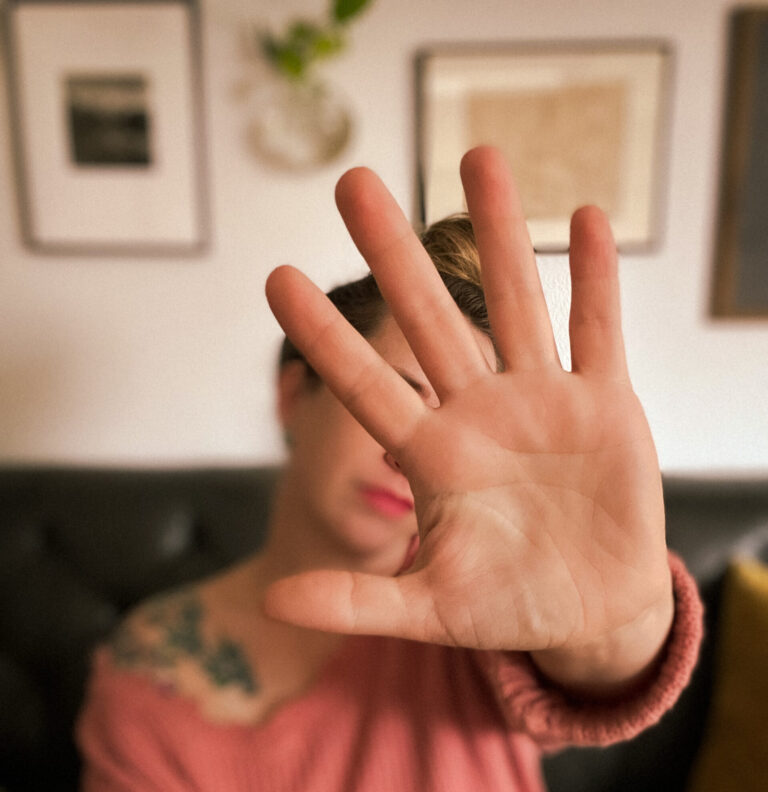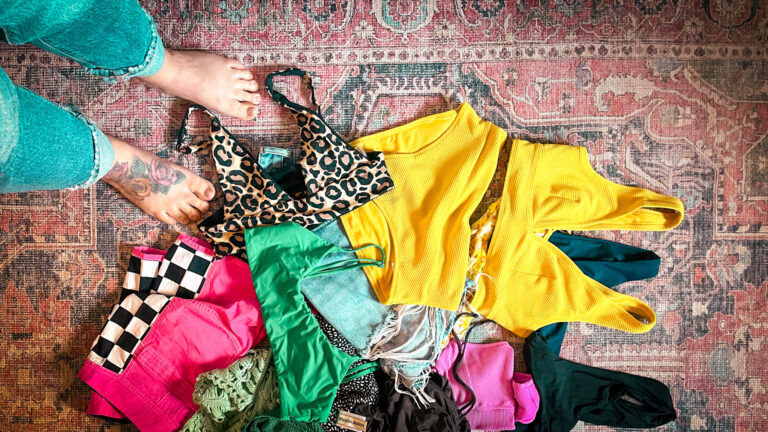In today’s world of constant notifications, overflowing social media feeds, and endless to-do lists, it’s easy to feel overwhelmed—especially for teens. The pressure to keep up with trends, manage schoolwork, and stay connected can pile up. That’s where the fundamentals of minimalism come in—a lifestyle focused on simplifying and decluttering… with room of course for the ever-changing style and interests of a teenager.
Minimalism isn’t about being perfect or having the least amount of stuff—it’s about creating an environment that supports your well-being, goals, and happiness. For teens, minimalism can be a tool to help manage the chaos of daily life, reduce stress, and focus on what truly matters. Whether you start with organizing your closet or decluttering your digital life, minimalism can offer a refreshing sense of control and freedom that’s so important during the teen years.
Remember, minimalism isn’t an all-or-nothing approach. It’s about making intentional choices that lead to a more balanced, less stressful life. And who doesn’t want that?
When less is more..
Minimalism isn’t about getting rid of everything or living in a bare room. For teens, it’s about learning how to manage space, possessions, and time in a way that leads to a more focused, less stressful life. Here’s why it matters:
Reduces Mental Clutter. Teens often have a lot on their plates, from schoolwork to extracurriculars to social pressures. A cluttered room can add to the mental noise, making it harder to focus. Minimalism allows teens to clear out unnecessary distractions and make space for what truly matters—whether that’s studying, hobbies, or relaxation.
Increases Productivity. A clean, organized space can improve focus and productivity. By removing unnecessary clutter, teens can create a space that encourages them to study, read, or work on creative projects. A minimalist approach to organization encourages prioritization, which can lead to better time management.
Promotes Emotional Well-being. When teens declutter and organize, it often leads to a sense of accomplishment. Letting go of items that no longer serve them can feel freeing, which can have a positive impact on their mental health. A simplified environment can be a source of peace, especially when life feels chaotic.
How Minimalism Works for Teens
Minimalism isn’t about throwing away everything that brings joy or cutting down possessions to the bare essentials. It’s about learning the skill of decluttering but also how to be intentional about what you allow in your life moving forward. Here are some steps to get started with minimalism and organization as a teen:
1. Start Small: Begin with one area—like your desk, closet, or school bag. Removing clutter from just one space can create a sense of order that feels manageable. Tackle bigger areas like your room later once you’ve built confidence.
2. Prioritize What You Use & Love: Go through your belongings and ask yourself: “When was the last time I used this?” or “Does this add to my life?” Keep only the items that you enjoy or serve a purpose in your life right now. Pay attention to anything you have been keeping out of guilt or for an outdated version of yourself..
3. Create Systems: Minimalism and organization go hand in hand. Find storage solutions that make sense for your lifestyle. For example, create a convenient drop zone for your backpack, purse, phone. When things have a home and room to breathe, it’s easier to maintain organization.
4. Digital Decluttering: Don’t forget about your digital space! Minimalism extends to digital clutter too. Organize files, delete apps you no longer use, and tidy up your phone or computer. A streamlined digital space can help you feel more focused and less overwhelmed by notifications.
5. Simplify Your Schedule: Minimalism isn’t just about physical things. It’s also about simplifying your commitments. Try to avoid over-scheduling yourself. Instead of doing everything, focus on what really matters to you and give yourself time for self care, whatever that looks like for you.
How can you help your teen?
As a mom of teenagers myself, I understand how challenging it can be to strike a balance when encouraging them to declutter. Teens often attach a lot of meaning to their possessions, viewing them as an extension of their identity – so pushing them to let go of things can turn into a battle. However, if they are open to the idea, we can provide support by facilitating the process rather than taking over.
Facilitating the movements, like holding up the clothes and asking which ones are keep or let go, can alleviate the strain and keep the teen in control. Asking thoughtful, nonjudgmental questions and keeping our opinions out of the equation (like not second guessing a donate item just because we bought it for them!) will go a long way in the process. Ultimately, the goal is to empower them to see the benefits of a simpler, more intentional space without feeling pressured or overwhelmed. Godspeed!








